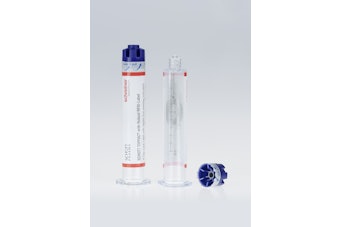At last month's 11th annual ARC (http://arcadvisorygroup.com) Forum, Kate Waters of Genentech described the metamorphosis of pharmaceutical manufacturing from art to science. PAT, not yet widely adopted, is being piloted by some in areas such as the plant's utility systems. Pharmaceutical companies will need to move from the current quality by inspection to a newer quality by design model.
Standards will play a key role, as they should have already done in validation. The OMAC (www.omac.org) Packaging Workgroup has been preaching the value of standards such as IEC61131-3, PLC Open motion function blocks and the use of state-based programming models to reduce the time and cost of validation. Standards will be even more important in this new environment. While groups such as Make2Pack (www.make2pack.org) are at work learning to apply the S88 batch standard to packaging, others recognize the need to harmonize the QbD quality by design model to S88. For pharmaceutical companies to do business in our flattening world, such standards will need to be harmonized around the world.
Waters was asked how the evolution from validation to PAT would affect the procurement and implementation of process and packaging machinery in the plant and the relationship with suppliers. The reply was partly one of, "I don't know." But as her answer developed, it became apparent that a tightening relationship between long-term sustainable suppliers who are willing to share risk with the customer would be a part of the new model. Small suppliers, of which there are many in the packaging machinery industry, may very well be shut out.
Packagers and their suppliers must jointly lead, follow, get out of the way, or be road kill. Either they will create the standards upon which concepts like PAT may be implemented or someone else will. It has been done in other industries, and it needn't all be reinvented. Where have you seen it done? What is your company doing to bring these standards to packaging? Are you feeling shut out, or has your company done something to put you on the inside?
Keith Campbell speaks out on vision and leadership for packaging automation. Join the conversation at OnTheEdgeBlog.com.



















